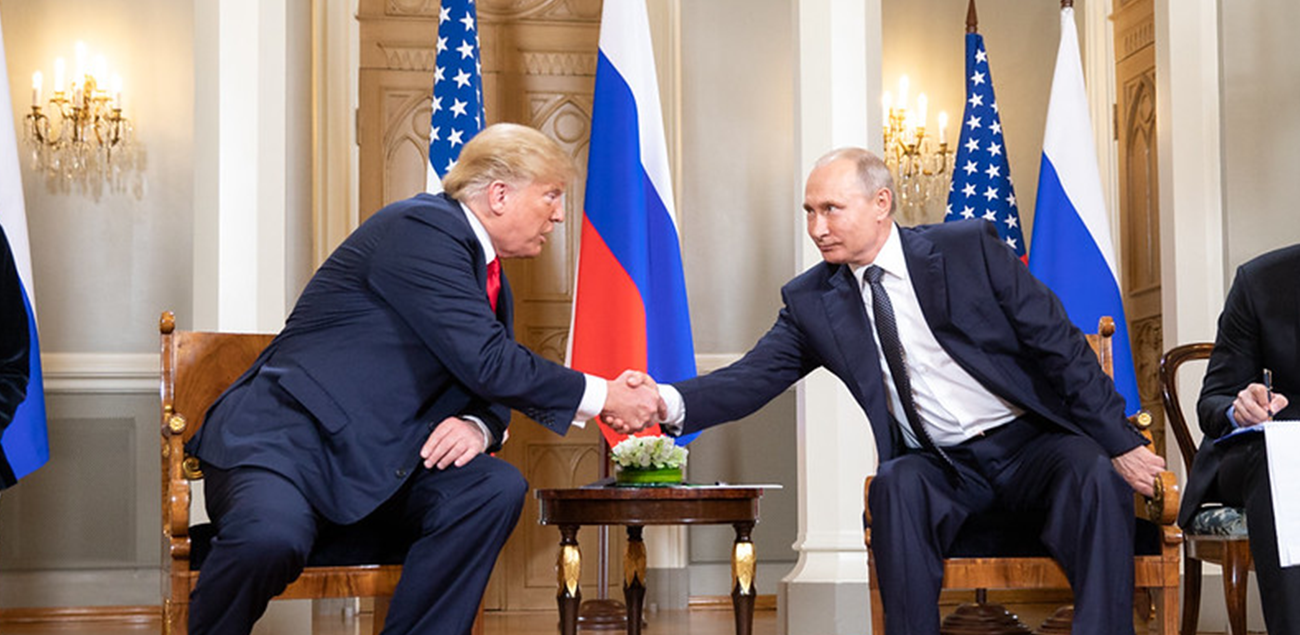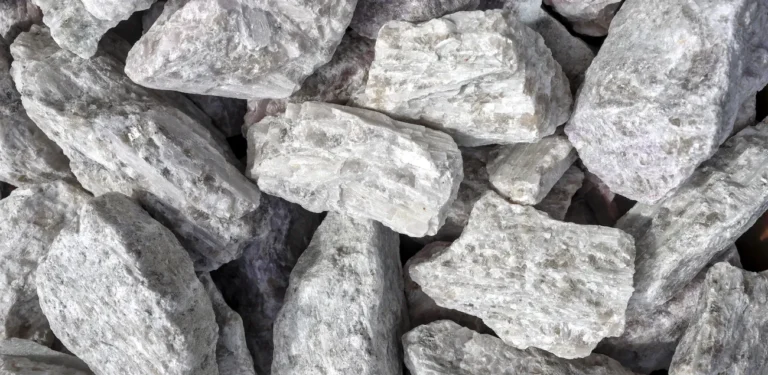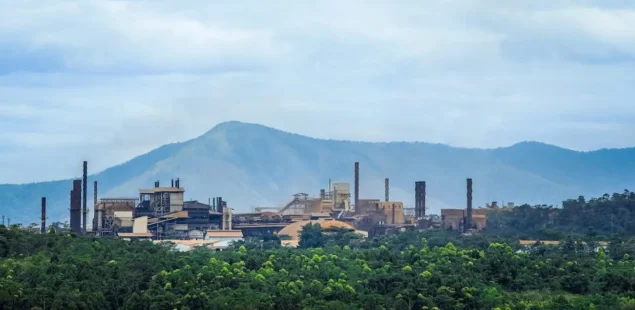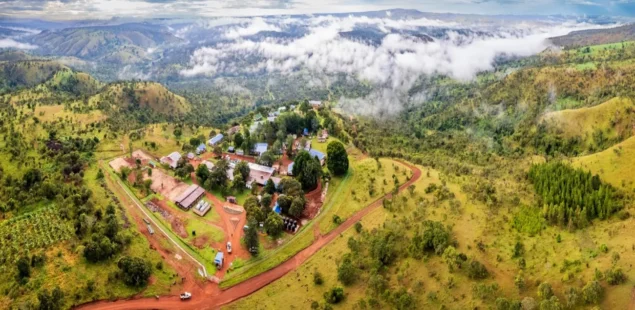
The United States, government, and Russia, government, are heading into talks in Anchorage on Aug. 15 with a controversial idea on the table: offering Moscow access to critical minerals as part of a package to halt the war in Ukraine, according to UK media reports echoed by US outlets. The suggestions include potential access to resources in Alaska and to rare earth deposits in Russian-occupied Ukrainian territory, plus limited sanctions relief for Russia’s civil aerospace sector. The White House has not issued a formal plan; Alaska’s Sen. Dan Sullivan said he would not support using the state’s minerals as a bargaining chip.
What’s reportedly on the table
The Telegraph reported that President Donald Trump is prepared to discuss mineral access alongside other economic incentives during his meeting with Vladimir Putin. Local Alaska coverage quoted Sullivan rejecting the notion: “We don’t want, we don’t need any Russian investment, we don’t support that. I don’t think that is a serious proposal right now.” The administration has signalled it is pursuing a ceasefire first; any resource component remains unconfirmed and fluid. Separate reporting suggests Treasury Secretary Scott Bessent has been coordinating an economic package with G7-aligned lenders and export-credit agencies.
Legal and sanctions hurdles
Any Russian participation in US mining would face multiple barriers. CFIUS reviews foreign investment in sensitive sectors, with critical minerals squarely within scope. In parallel, OFAC’s Russia sanctions architecture (including executive orders issued since 2022) restricts new investments and transactions with designated entities. Even if the White House sought carve-outs, state-level foreign-ownership limits, federal land and permitting rules, and national-security concerns around supply-chain resilience would complicate execution. Similar complexities would surround any arrangement granting Russia “access” to deposits in occupied Ukraine, where title, license validity and post-war restitution would be unsettled.
What’s at stake in Alaska and Ukraine
Alaska hosts two emblematic critical-minerals projects: Graphite One’s Graphite Creek (the largest known US flake-graphite resource, now on the federal FAST-41 permitting dashboard) and Ucore’s Bokan Mountain heavy rare earths project with an associated separation facility plan. These are intended to reduce US reliance on China for graphite and rare earth processing. In Ukraine, the State Geological Service has cited some of Europe’s largest lithium resources (around 500,000 tonnes of confirmed reserves) and roughly 19 million tonnes of graphite-ore reserves. Analysts caution that parts of the rare earth inventory rely on Soviet-era assessments and that deposits straddle front-line or occupied regions, raising major development, security and ESG risks.
Market impact and pricing
The mere prospect of a minerals-for-ceasefire framework is unlikely to loosen short-term supply for rare earths or graphite. Even under benign conditions, moving from access agreements to shovel-ready projects takes years of drilling, feasibility studies, environmental review and financing. For copper—also referenced in broader critical-minerals talks—concentrate availability hinges on mine builds and smelting capacity rather than diplomacy alone. The most immediate effect is geopolitical risk premia: developers in friendly jurisdictions could see renewed interest, while any hint of Russian involvement in US assets would face political resistance that could chill investment decisions.Industry context and applications
Critical minerals sit at the intersection of geopolitics and decarbonisation. Rare earths enable EV motors and wind turbines; graphite is the dominant anode material in lithium-ion batteries. China still controls the bulk of global rare earth separation and a large share of battery-grade graphite processing. Washington’s recent industrial policy—from Defense Production Act funding to permitting streamlining—is aimed at de-risking these chains. A deal that swapped mineral access for a ceasefire would cut across that strategy and run headlong into existing sanctions and screening regimes.
Company Background and Market Context
Graphite One plans a mine north of Nome with downstream anode-material production in the continental US, positioning the project as a domestic, end-to-end supply chain. Ucore is advancing Bokan Mountain and separate rare earth separation capacity to feed magnet metals. In Ukraine, state agencies have been auditing licenses and courting Western investment under a US–Ukraine minerals cooperation framework, but war-zone logistics, fragmented ownership and infrastructure damage remain binding constraints. The mooted US–Russia mineral access concept would collide with these realities and with unresolved questions of sovereignty and property rights in occupied areas.
Copper and rare earths are central to electrification. Copper prices have been volatile on tariff and macro headlines but remain historically elevated; rare earth prices are sensitive to Chinese policy and Western project timelines. Even if political deals emerge, supply additions would depend on conventional project delivery—permitting, capex, and processing know-how—not on diplomatic announcements.



